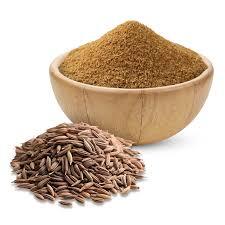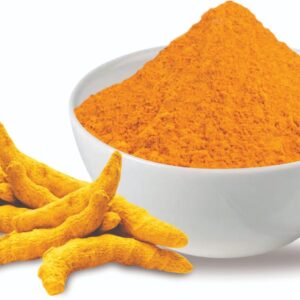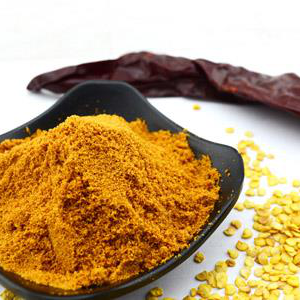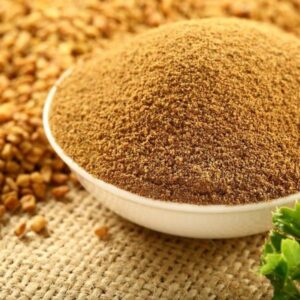Description
Common Names:
- Cumin Powder
- Ground Cumin
- Cumin Spice
Forms:
- Powdered: Made by grinding cumin seeds into a fine powder.
- Whole Seeds: Used to make fresh powder or as a whole spice in cooking.
Origin:
- Native Region: Native to the eastern Mediterranean and parts of Asia.
- Cultivation: Grown in tropical and subtropical regions worldwide, including countries like India, Iran, Turkey, and Egypt.
Nutritional and Chemical Composition:
- Active Compounds: Contains essential oils such as cuminaldehyde, and various antioxidants. Also rich in vitamins (such as vitamin C and vitamin B) and minerals (such as iron, magnesium, and calcium).
Health Benefits:
- Digestive Health: Aids digestion by stimulating the production of digestive enzymes and reducing symptoms of indigestion, bloating, and gas.
- Antioxidant Properties: Rich in antioxidants that help protect cells from oxidative stress and support overall health.
- Anti-inflammatory Effects: Contains compounds with anti-inflammatory properties that can help manage inflammation and related conditions.
- Immune Support: Supports immune function and has antimicrobial properties that help the body fight infections.
- Metabolism Boost: Helps improve metabolic function and may aid in weight management.
Uses:
- Culinary Uses: Widely used in various cuisines to add a warm, earthy flavor to dishes. Commonly used in spice blends, curries, soups, stews, and sauces.
- Seasoning: Added to seasoning mixes and rubs for meats and vegetables.
- Medicinal Uses: Used in traditional medicine systems for its digestive, anti-inflammatory, and immune-supporting properties.







